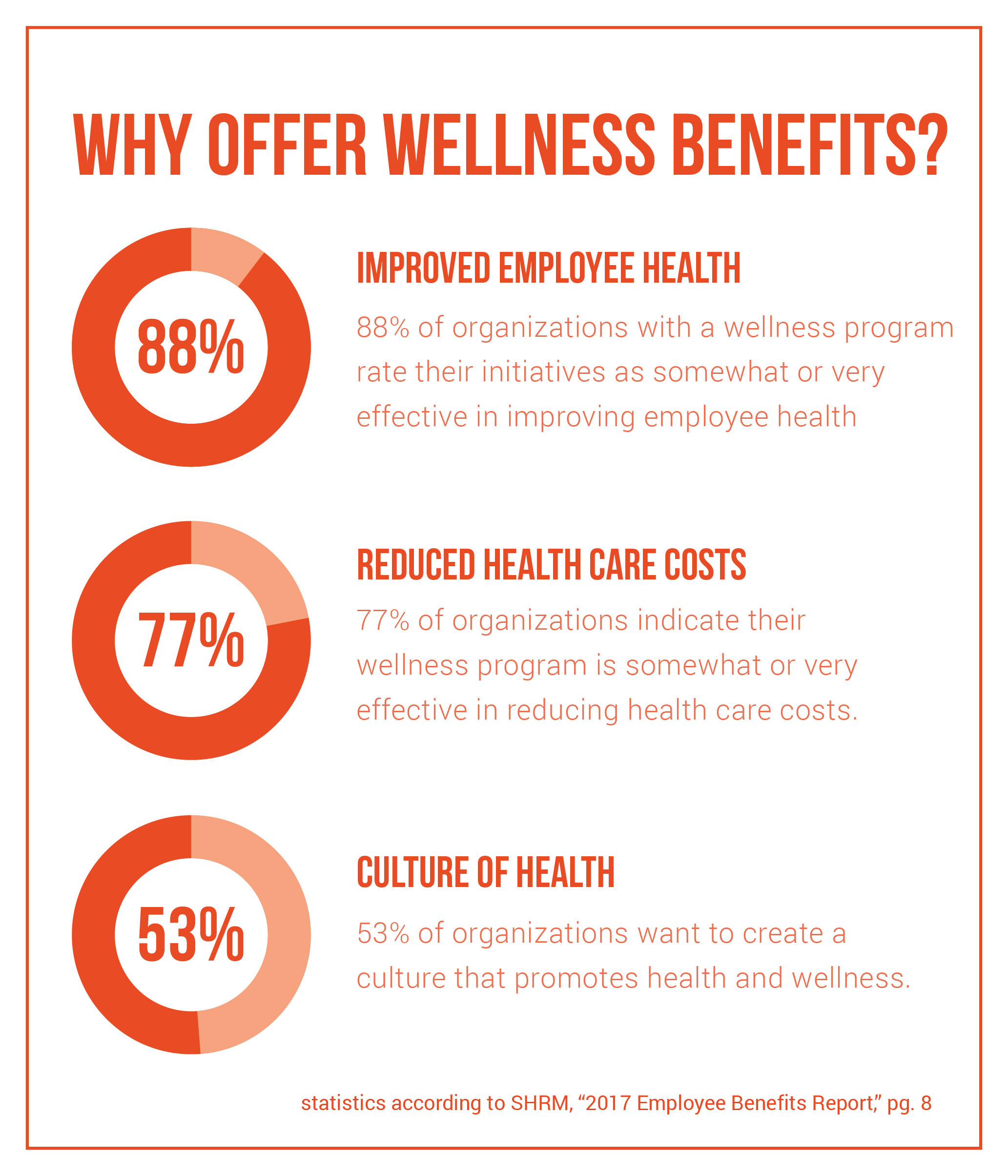Benefits of Wellness Programs
Welcome to our comprehensive guide on the benefits of wellness programs. In this article, we will explore the many advantages that wellness programs offer individuals and organizations. By implementing effective wellness programs, individuals can experience improved physical and mental well-being, leading to increased productivity and overall satisfaction.
Enhanced Physical Health
Wellness programs play a crucial role in improving physical health. By promoting regular exercise, healthy eating habits, and preventive care, individuals can achieve and maintain optimal physical well-being. Regular exercise helps strengthen the cardiovascular system, improve muscle tone, and boost overall energy levels. Additionally, wellness programs often provide access to nutrition counseling, which assists individuals in making informed food choices that support their health goals.
Reduced Stress Levels
Another significant benefit of wellness programs is their ability to reduce stress levels. Stress is a common issue in today’s fast-paced world, and it can negatively impact both physical and mental health. Wellness programs often incorporate stress management techniques such as meditation, yoga, and mindfulness exercises. These practices help individuals relax, improve focus, and develop healthier coping mechanisms to deal with stressors effectively.
Improved Mental Well-being
Wellness programs also prioritize mental well-being. They recognize the importance of addressing mental health concerns and provide resources and support to individuals. By offering counseling services, mental health screenings, and educational materials, wellness programs contribute to improved mental health outcomes. When individuals have access to these resources, they are more likely to seek help and take proactive steps toward maintaining their mental well-being.
Increased Productivity
Organizations that implement wellness programs often witness a significant increase in productivity among their employees. When individuals prioritize their well-being, they experience fewer sick days, have higher energy levels, and are more engaged in their work. Wellness programs also foster a positive work environment, promoting teamwork, collaboration, and employee satisfaction. By investing in employee well-being, organizations can create a motivated and productive workforce.
Reduced Healthcare Costs
By promoting preventive care and healthy lifestyle choices, wellness programs can help reduce healthcare costs for both individuals and organizations. Preventive care, such as regular health screenings and vaccinations, can detect potential health issues early on, preventing more severe and costly conditions in the future. Furthermore, when individuals adopt healthier habits, they are less likely to develop chronic diseases, leading to reduced medical expenses.

In conclusion, wellness programs offer numerous benefits to individuals and organizations alike. By focusing on physical and mental well-being, these programs contribute to enhanced overall health, reduced stress levels, improved productivity, and decreased healthcare costs. Investing in wellness programs is a wise decision that can lead to a happier, healthier, and more successful life for individuals and a thriving work environment for organizations.
Frequently Asked Questions about Benefits of Wellness Programs
1. What are wellness programs?
A wellness program is a comprehensive initiative designed to promote and improve the overall health and well-being of individuals, usually offered by employers.
2. What are the main benefits of wellness programs?
Wellness programs can lead to improved physical health, increased employee morale, reduced healthcare costs, increased productivity, and decreased absenteeism.
3. How do wellness programs promote physical health?
Wellness programs encourage healthy behaviors such as regular exercise, balanced nutrition, smoking cessation, and stress management, which can lead to reduced risk of chronic diseases and improved overall physical well-being.
4. Can wellness programs help improve mental health?
Yes, wellness programs often include resources and activities that support mental health, such as counseling services, mindfulness training, and stress reduction techniques, which can contribute to improved mental well-being.
5. Are wellness programs only for large companies?
No, wellness programs can be implemented by organizations of all sizes, including small businesses. Many wellness program options are scalable and can be tailored to meet the specific needs and resources of any company.
6. How do wellness programs reduce healthcare costs?
By promoting preventive care and healthy lifestyles, wellness programs can help employees avoid costly medical treatments and reduce the need for frequent doctor visits. This can lead to lower healthcare expenses for both the employees and the employer.
7. Can wellness programs improve employee morale?
Yes, wellness programs demonstrate that employers care about their employees’ well-being, which can boost morale and create a positive work environment. Engaging in wellness activities together can also foster a sense of camaraderie among employees.
8. Do wellness programs increase productivity?
Yes, studies have shown that employees who participate in wellness programs are more productive and engaged in their work. Improved physical and mental health, reduced stress levels, and increased energy contribute to higher productivity levels.
9. Are wellness programs effective in reducing absenteeism?
Yes, wellness programs that focus on preventive care and overall well-being can help employees stay healthier, resulting in fewer sick days and reduced absenteeism rates.
10. How can employers measure the success of wellness programs?
Employers can measure the success of wellness programs by tracking metrics such as employee participation rates, changes in health risk factors, healthcare cost savings, employee satisfaction surveys, and productivity levels.




